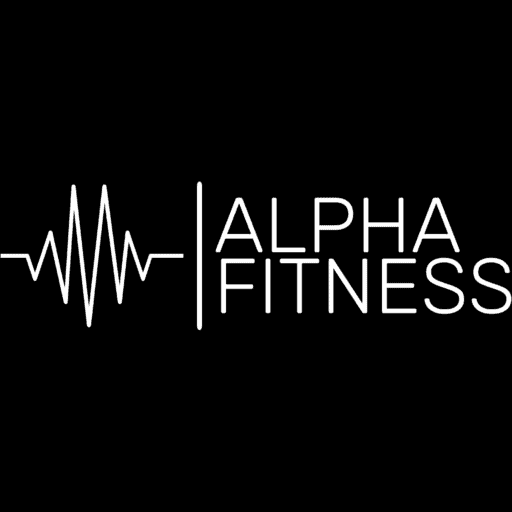
Yes, weightlifting can be a valuable component of a weight loss strategy. While cardiovascular exercises like running or cycling are often associated with burning calories during the activity, weightlifting contributes to weight loss through a different mechanism—building muscle mass.
Here’s how weightlifting can support weight loss:
Increased Resting Metabolic Rate (RMR): Muscle tissue is metabolically active, meaning it burns calories even at rest. By building lean muscle mass through weightlifting, you can increase your Resting Metabolic Rate (RMR). A higher RMR means your body burns more calories even when you’re not engaged in physical activity.
Afterburn Effect (Excess Post-Exercise Oxygen Consumption, EPOC): Intense weightlifting sessions can lead to an “afterburn” effect, where the body continues to burn calories in the hours following the workout. This is known as Excess Post-Exercise Oxygen Consumption (EPOC) and is a result of the energy required to repair and replenish the body after intense exercise.
Improved Insulin Sensitivity: Weightlifting can enhance insulin sensitivity, which is beneficial for overall metabolic health. Better insulin sensitivity means your body is more efficient at using carbohydrates for energy and is less likely to store them as fat.
Body Composition Changes: While the number on the scale may not change significantly at first, weightlifting can lead to changes in body composition. As you build muscle and reduce body fat, you may notice improvements in your overall appearance and a decrease in body measurements.
Increased Caloric Expenditure: Weightlifting sessions themselves burn calories, contributing to the overall caloric deficit needed for weight loss. The number of calories burned during weightlifting varies based on factors like intensity, duration, and individual characteristics.
It’s important to note that weight loss is influenced by a combination of factors, including diet, cardiovascular exercise, and resistance training. A well-rounded approach that includes both cardiovascular exercise and weightlifting, along with a balanced and calorie-controlled diet, is often recommended for effective and sustainable weight loss.
Below is a list of useful links:
- Renew your body with detox drinks
- Cinnamon: Adding to Foods or Supplements
- How intake glucomannan leads to reduce weight?
- Are olives good for weight loss?
- Say No to Fried Foods
Additionally, consulting with a fitness professional or healthcare provider can help tailor a program to your specific needs and goals, ensuring that weightlifting is incorporated safely and effectively into your overall weight loss plan.



